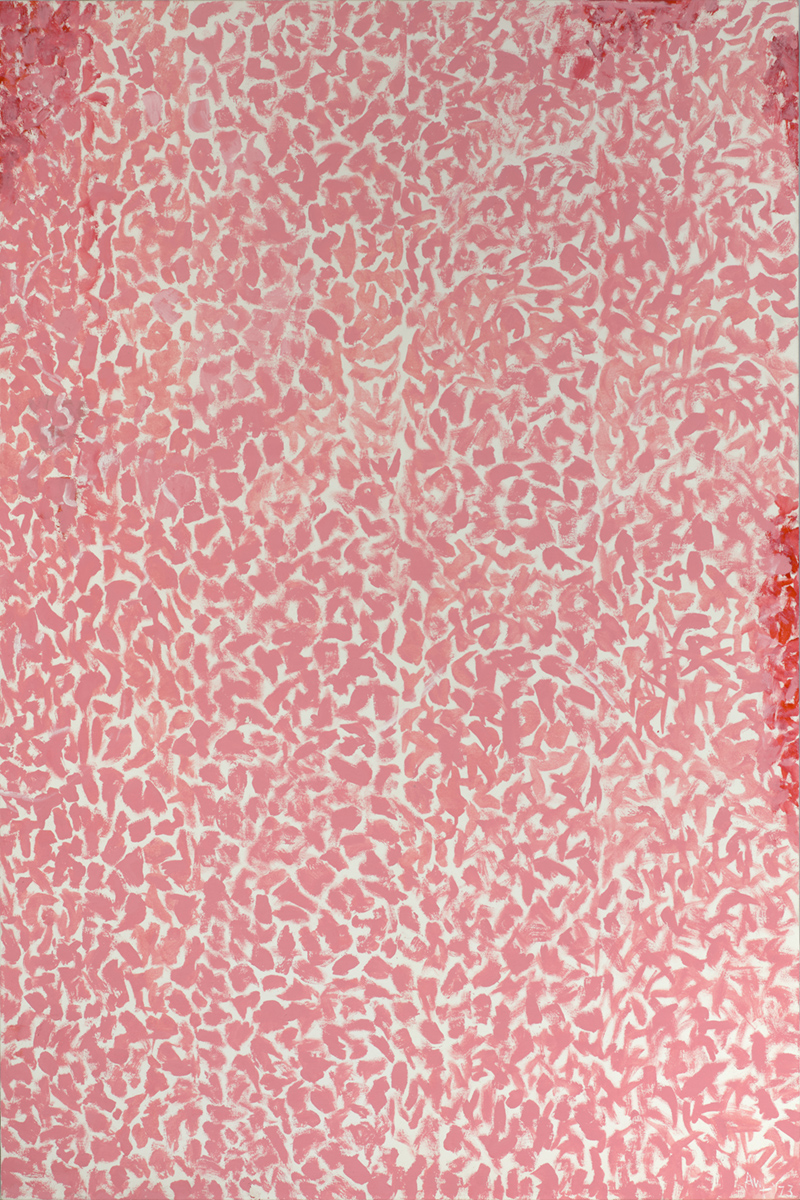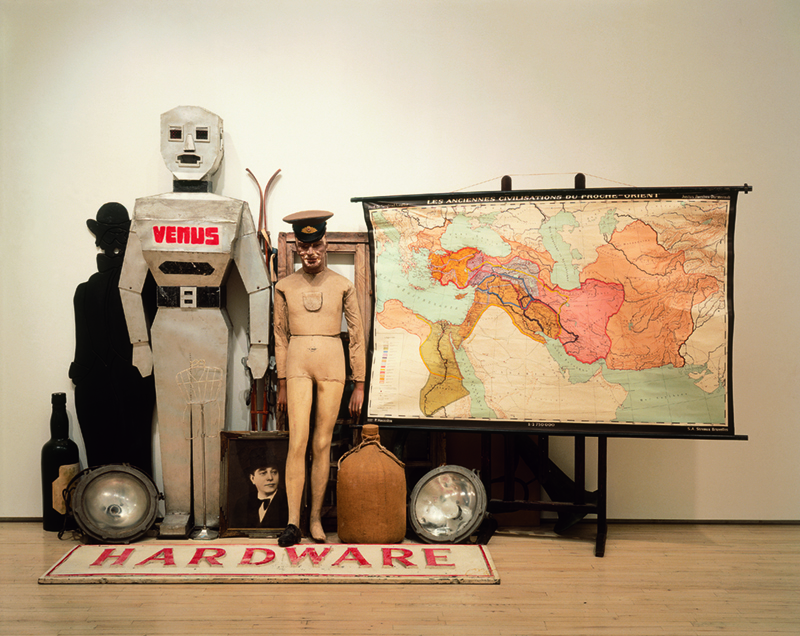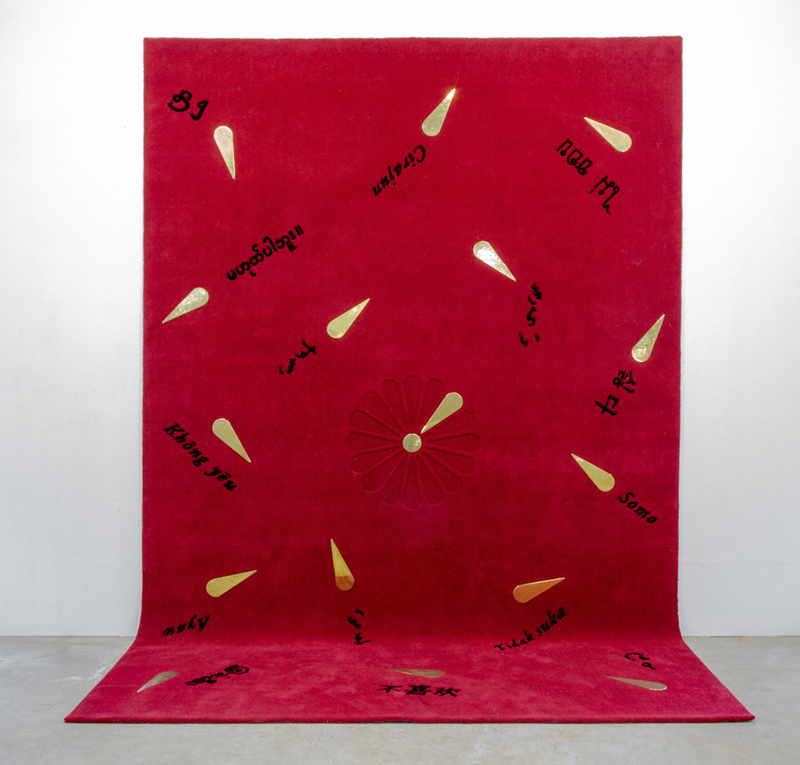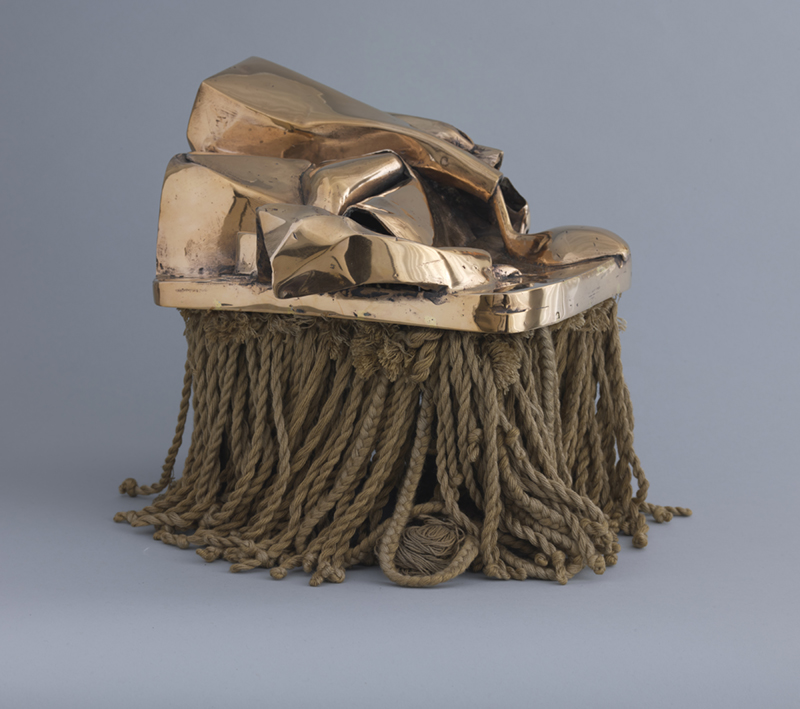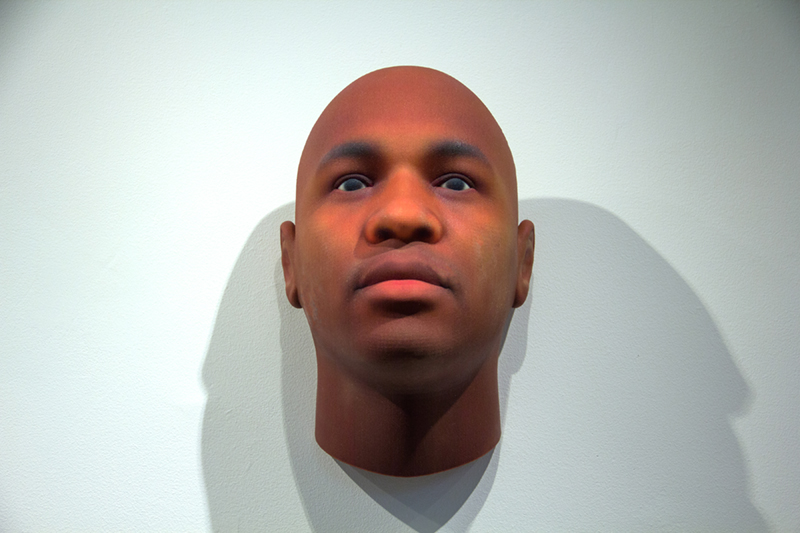"Art Purposes: Object Lessons for the Liberal Arts" at the Bowdoin College Museum of Art
By Bowdoin College Museum of ArtThis summer the Bowdoin College Museum of Art will open Art Purposes: Object Lessons for the Liberal Arts, featuring exceptional modern and contemporary works from the BCMA’s encyclopedic collection and focusing on their role as powerful catalysts for current conversations in the liberal arts and beyond. On view June 29 through November 10, 2019, Art Purposes brings together approximately 150 objects from around the globe that reflect art’s capacity to unsettle conventions, foster learning, and inspire creativity.
Marking the 125th anniversary of the opening of the Walker Art Building, designed by Charles Follen McKim of McKim, Mead, and White, Art Purposes draws its title from the inscription prominently placed in the rotunda of the Walker Building, dedicating the space “to be used solely for art purposes.” The exhibition will explore the broad and important implications of “art purposes,” presenting longstanding highlights from the permanent collection in conversation with new acquisitions and promised gifts at a moment when the BCMA continues to deepen its impact across Bowdoin College’s curriculum. Art Purposes will feature key pieces from its holdings that reflect the polyphony of contemporary artistic production, including works by Barbara Chase-Riboud, Barkley Hendricks, Carolee Schneemann, Ana Mendieta, and Peter Hujar, among many others.
In recent years, since the renovated and expanded Museum opened in 2007, the BCMA’s collection has grown dramatically, adding nearly 10,000 objects, to a current total of approximately 25,000 objects. Through gifts and strategic purchases, the Museum has filled gaps in its encyclopedic collection and amplified the narratives of global art history presented in its galleries. Art Purposes will mark the debut of several new acquisitions, including:
- Guillaume Bijl’s Composition Trouvée (1990), the first work of installation art to enter the Museum’s collection. Resembling a junk shop window display, this large-scale assemblage of found objects envisions the ‘archeology’ of contemporary humanity—as a society, what do we leave behind and what do these decontextualized objects convey?
- Nancy Spero’s Carnival II (2000), which ties together the traditionally polarized themes of motherhood and female sexuality. As the viewer moves down the collage from the very modern stripper-like ad to the prehistoric birth symbol, the work exudes a celebration of female exhibitionism, eroticism, birth, and pleasure.
- Alfredo Jaar’s powerful photograph, Angel (2007). An artist whose politically driven projects have engaged many corners of the globe, Jaar met the young man featured in this picture during a film shoot in Luanda, Angola. The boy’s impoverished circumstances, represented by the homemade Nike logo on his T-shirt, is accentuated by the background of the rapidly growing cityscape of Luanda, where concentrated oil wealth has furthered economic disparity.
- Heather Dewey-Hagborg’s Stranger Visions: Sample 7 NYC (Reconstruction of a Face Based on found DNA, from the Series “Stranger Visions”) (2012–2013). This work challenges conventional notions of portraiture, generally reflecting personal encounters. Instead, by collecting materials such as hair, chewed up gum, and cigarette butts from the streets, public bathrooms, and waiting rooms of New York City, the artist extracts DNA and computationally generates 3D-printed, life-size, full-color portraits based on genomic research. This rendering of a face tests the boundary between art and science—despite its scientific accuracy, in the absence of information about its subject’s life experiences, it cannot capture the relationship between appearance and character that is the traditional aim of portraiture. This work is currently on long-term loan to the BCMA and is a promised gift to the collection.
Recent acquisitions of historic works will also be on view as part of a reinstallation of the permanent collection galleries, including works from Greek antiquity through the nineteenth century. They include an altarpiece from the Antwerp workshop of Jan de Beer, a rare John Singleton Copley pastel depicting Elizabeth Bowdoin, and a painting of the Sun Dance Ceremony by a member of the Lakota tribe from about 1900.
“Art Purposes will capture the expansive possibilities of a museum’s role in an academic setting and within the world of ideas at large,” notes exhibition curator Joachim Homann. “The Museum is in an excellent position to facilitate conversations that bring together students, scholars, and visitors across generations, academic disciplines, backgrounds, orientations, and convictions. Its collection demonstrates the desire to pass on to future generations works of art and objects of material culture that open viewers’ eyes to the world around us, foster learning, encourage creativity, and sustain an ever more inclusive critical discourse.”
According to Co-director Frank Goodyear: “The foundations of Art Purposes rest upon the rigorous and interdisciplinary academic culture that has defined Bowdoin College throughout its distinguished history. Works of art stand for values such as authenticity, creativity, and innovation that are deeply ingrained across artistic production and at the same time lay at the core of a liberal arts education. Over a century ago, Bowdoin College President William DeWitt Hyde invited students ‘to count art an intimate friend.’ This exhibition makes good on that promise, affirming the significant role played today by the BCMA’s collection in a contemporary intellectual and social environment.”
Adds Co-director Anne Collins Goodyear: “Art Purposes demonstrates the power of art to engage with challenging subjects and to provide insights into complex issues. Works of art always remind us that no single point of view is adequate for understanding the whole and that context—historical, personal, and physical—always inflects meaning. We are grateful to the many friends of the Museums—patrons, faculty, students, artists, and members of the community at large who have made possible the tremendous growth to BCMA’s collection in recent years to inspire the next generation of scholars, practitioners, and innovators.”
Art Purposes will be accompanied by a new BCMA collections catalogue, the first in nearly forty years. Co-published with Del Monico-Prestel and distributed internationally, Art Purposes: Object Lessons for the Liberal Arts will feature approximately 120 exceptional works of art in full-color plates, offering a fascinating overview of holdings from antiquity to the present across world cultures and artistic media. In brief essays, more than 70 contributors across disciplines will illuminate individual works and demonstrate the breadth of inquiry generated by art objects in the Museum’s collection. Introductory and concluding commentary by Museum co-directors Anne Collins Goodyear and Frank Goodyear and curator Joachim Homann provides insight into the Museum’s history, its vision for the future, and its commitment to a multifaceted exploration of its collection.
